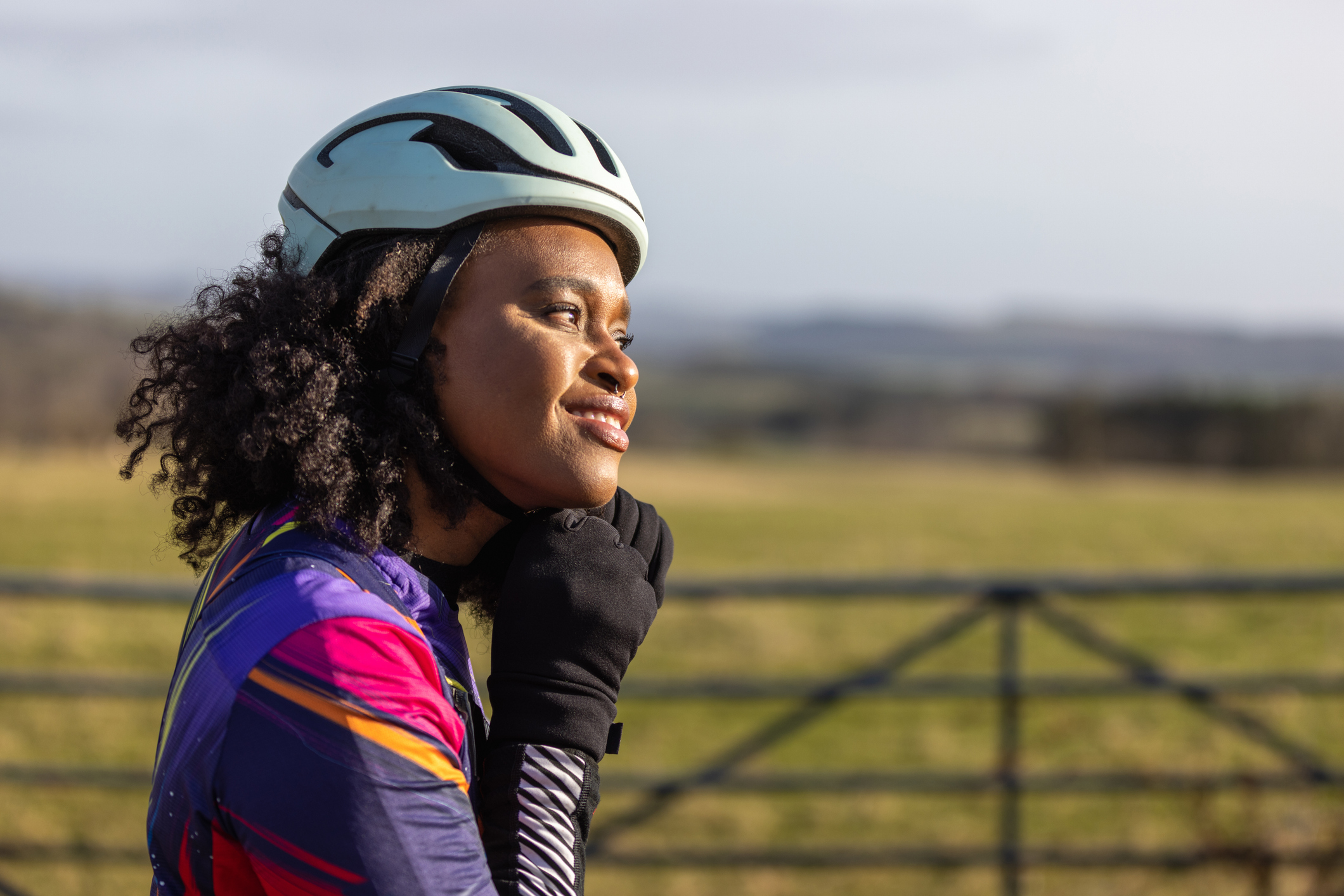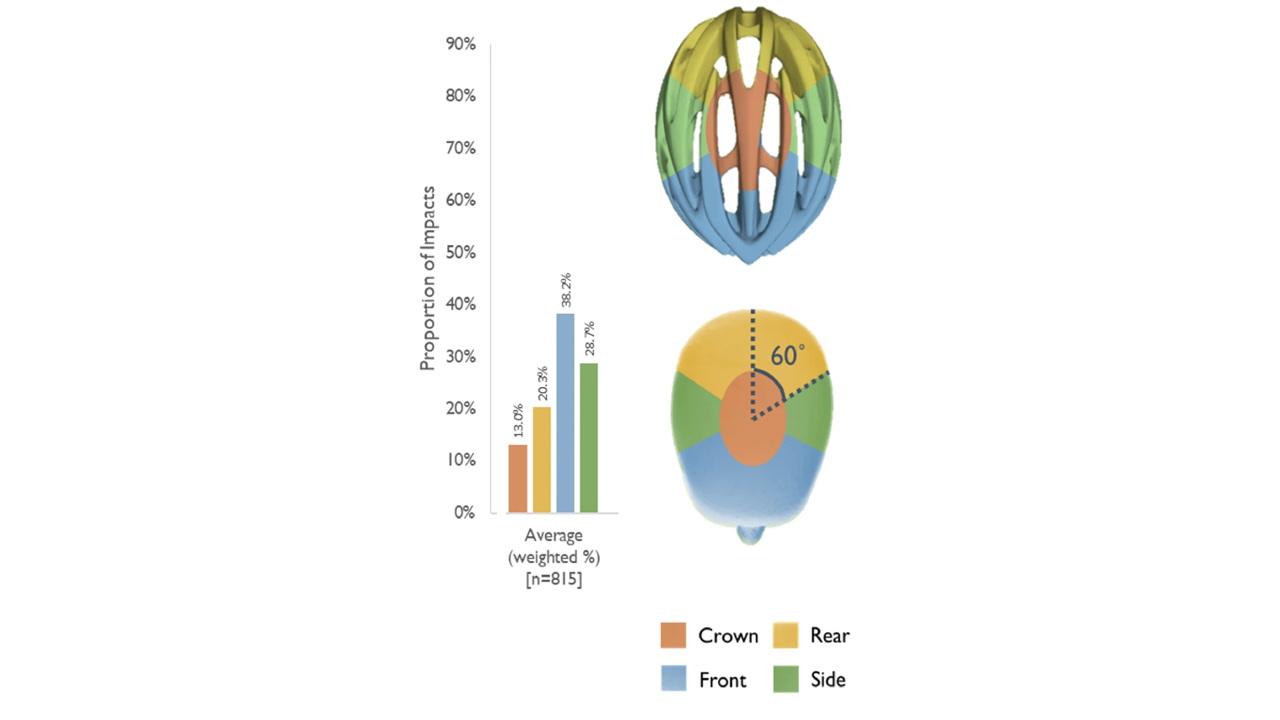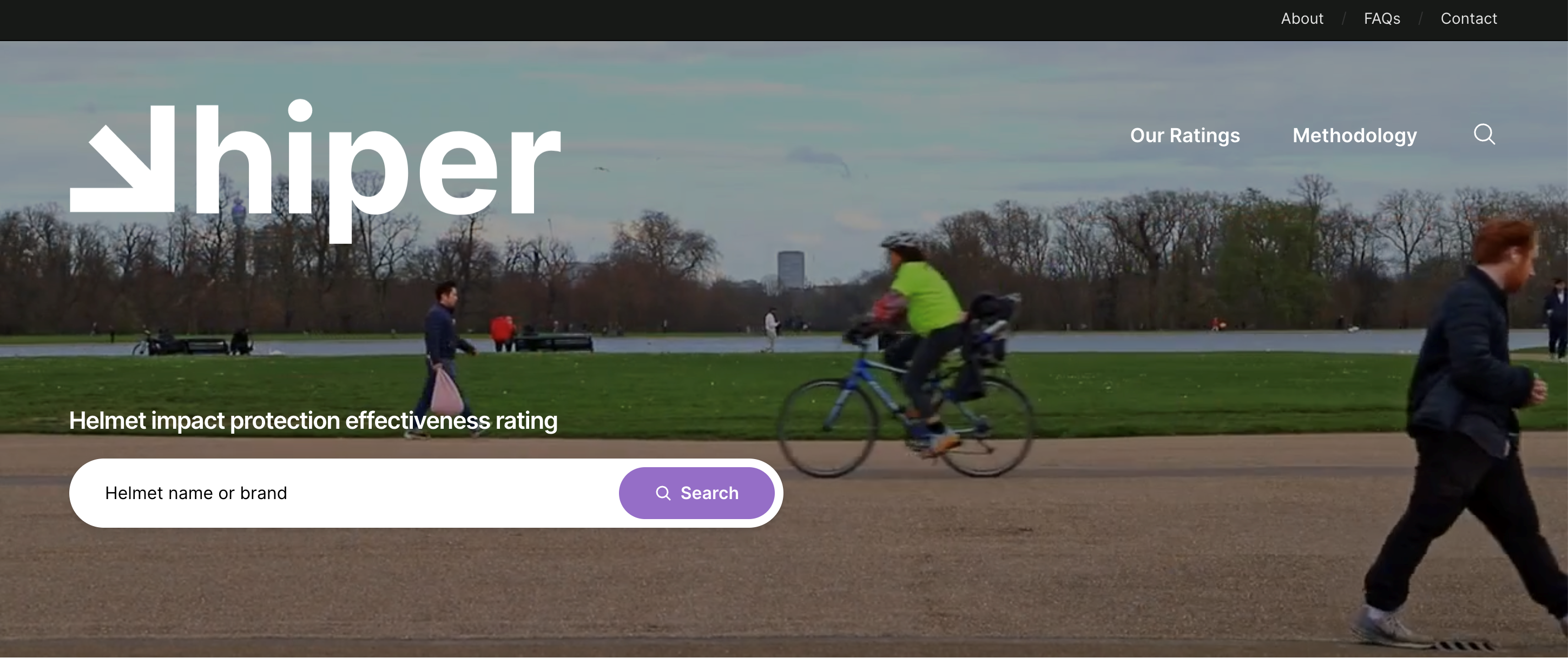
There is no correlation between the price of a helmet and its protection level, according to a new study from Imperial College London, published on Thursday.
Researchers tested 30 of the most popular adult helmets on the market, all medium sized, based on a combination of in-lab testing, data from major retailers, and a survey of more than a thousand cyclists and then ranked them based on their risk level.
While all helmets sold in the UK, and tested in the Imperial study, have to meet European safety standards, some offered far more protection than others, according to the study.
The best-performing helmet of the test - according to the researchers and based on their protocol - was the Specialized Tactic MIPS, which can be bought for £50, while more expensive lids like the Kask Protone (£135) came further down their table. The overall risk score was calculated as an average of the linear and the rotational risk, which assumes they have equal importance and presence in real-world casualties.
The study focused on safety, and did not take into account aerodynamics, breathability and weight, which also have an impact upon cost.

The full results can be viewed at www.hiperhelmets.org. Helmets have been given ratings from 0-5 in order to allow customers to understand the results, and also assist manufacturers in future helmet design. Plans are in motion to add children's helmets in the future.
The study was published in Annals of Biomedical Engineering on Thursday, and was funded by The Road Safety Trust, which has extended its funding for three years. Ruth Purdie, the chief executive of the trust, said that the new rating system was "incredibly important".

The study's lead author, Dr Claire Baker, from Imperial's Dyson School of Design Engineering, said: "Until now, there has been limited information about how well cyclists can expect their helmet to protect them during head impact. This is because current safety standards are simply pass/fail and only test direct impact sustained during straight-on head impact.
"However, evidence from previous studies shows that lasting brain damage occurs in more serious impacts or when the head undergoes rapid rotation during an impact."
"All helmets sold in Europe must meet the EN1078 minimum safety standard, but we wanted to determine whether some offered better safety protection than others in realistic collision tests," Dr Baker continued.
Describing the protocol, she said: "We developed a simple scoring system to rate helmets based on the risk of head injury during a collision. The risk of injury took account of the likelihood of deep brain injuries from head rotation as well as more surface level injuries and potential skull fractures from direct impact. Our scoring ranges from zero for lower protection to five for the best on the market.
"Interestingly, we found no correlation between price and protection, with the highest-performing helmet being one of the less expensive, retailing at around £50. Our new ratings give consumers objective, evidence-based data to support their buying decisions."
Senior author Dr Mazdak Ghajari, from the same school as Dr Baker, is also a member of the working group responsible for one of the European standards on helmet safety.
"The science of brain biomechanics has advanced tremendously and we now know much more about how best to protect the human head from serious injury and injuries with long-term effects in a collision," he said.
"We are sharing our findings with helmet manufacturers and those responsible for setting testing standards, so that the industry can keep pace and develop products that offer the best possible protection.
"Thanks to funding from the Road Safety Trust, our research can now help consumers to make an informed choice when they buy a helmet. We believe these ratings will lead to further improvements in helmet designs, providing better protection against a range of head and brain injuries if a cyclist is involved in a fall or collision."
For more details, check out the paper in full.







